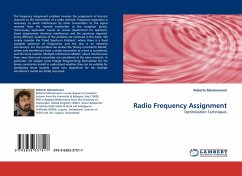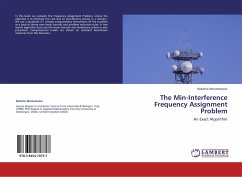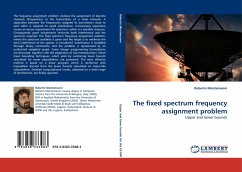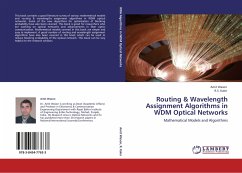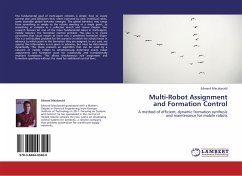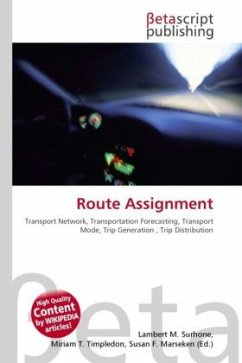The frequency assignment problem involves the assignment of discrete channels to the transmitters of a radio network. Frequency separation is necessary to avoid interference by other transmitters to the signal received from the wanted transmitter at the reception points. Unnecessary separation causes an excess requirement for spectrum. Good assignments minimise interference and the spectrum required. Some different variations of the problem are reviewed in this book. We mainly consider the "Fixed Spectrum Problem", where there is a fixed available spectrum of frequencies and the aim is to minimise interference. For this problem we analise the "Binary Constraints Model", where only interference from a single transmitter at a time is considered, and the more realistic "Multiple Interference Model", where interferences from more than one transmitter are considered at the same moment. In particular, we analyse some Integer Programming formulation for the binary constraints model to understand whether they can be suitable for developing lower bounds. Some new algorithms for the multiple interference model are finally discussed.
Bitte wählen Sie Ihr Anliegen aus.
Rechnungen
Retourenschein anfordern
Bestellstatus
Storno

